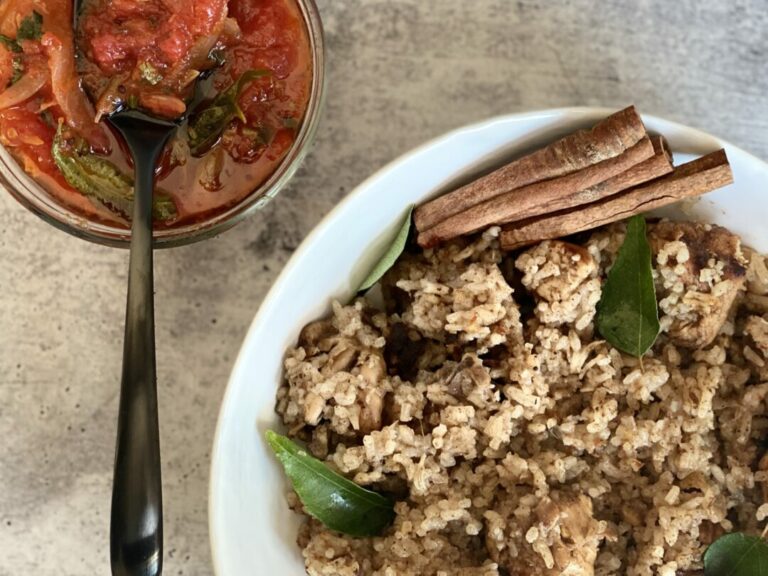Introduction: Palauan cuisine and its use of spices and herbs
Palauan cuisine, known for its fresh seafood and tropical fruits, also incorporates a variety of spices and herbs to enhance its flavors. The cuisine is heavily influenced by Filipino and Japanese cooking, but also incorporates indigenous plants and herbs. Many of the spices and herbs used in Palauan cooking have medicinal properties and are believed to have healing benefits. Palauan cuisine is a fusion of cultures that creates a unique and flavorful experience.
Beluu er a Belau: A unique herb native to Palau
Beluu er a Belau, also known as “Palauan spinach,” is a unique herb native to Palau. It is used in many traditional dishes, particularly soups and stews, and is believed to have medicinal properties. Beluu er a Belau has a slightly bitter taste and is often sautéed with garlic and onions before being added to a dish. It is high in antioxidants and is a good source of vitamins A and C.
Kaffir lime leaves and lemongrass: Popular aromatics
Kaffir lime leaves and lemongrass are popular aromatics used in Palauan cuisine. Both ingredients are commonly used in soups, stews, and curries and are known for adding a citrusy, herbaceous flavor to dishes. Kaffir lime leaves have a distinct flavor and aroma that is often described as sour and sweet. Lemongrass has a bright, lemony taste that is refreshing and pleasant. Both herbs are believed to have medicinal benefits and are used in traditional medicine to treat various ailments.
Turmeric and ginger: Spice staples in Palauan dishes
Turmeric and ginger are spice staples in Palauan dishes. Turmeric, also known as “Palauan saffron,” is a bright yellow spice with a warm, slightly bitter taste. It is often used in curries, soups, and stews and is believed to have anti-inflammatory properties. Ginger, on the other hand, has a pungent, spicy flavor that adds depth and warmth to dishes. It is commonly used in marinades, stir-fries, and soups and is believed to aid digestion and reduce inflammation.
Melouk (taro) and pandan leaves: Flavorful additions to stews
Melouk, also known as taro, and pandan leaves are flavorful additions to stews in Palauan cuisine. Melouk is a starchy root vegetable that has a nutty, earthy flavor. It is often used in soups, stews, and even desserts. Pandan leaves, meanwhile, have a sweet, floral aroma and are often used to flavor rice dishes and stews. Pandan leaves are also used in traditional medicine to treat various ailments, including headaches and fever.
Conclusion: Exploring the diverse flavors of Palauan cooking
Palauan cuisine is a fusion of cultures that creates a unique and flavorful experience. The use of spices and herbs adds depth and complexity to dishes, while also providing potential health benefits. From the unique Beluu er a Belau to the spice staples of turmeric and ginger, Palauan cuisine offers a diverse range of flavors to explore. Whether through traditional dishes or modern interpretations, Palauan cuisine is worth exploring for its unique blend of flavors and cultural influences.

